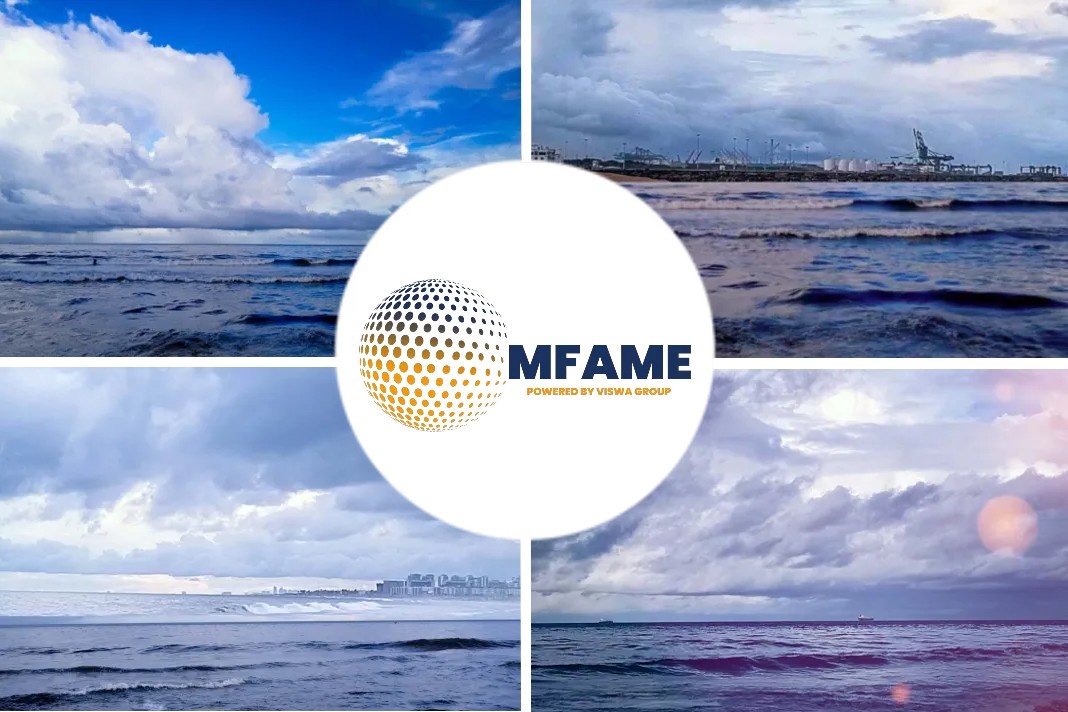The Arctic Ocean maintains connections with the Pacific and Atlantic Oceans through various gateways, and alterations in these linkages can have significant impacts on climate and marine ecosystems, as reported by Phys.
Rising exports
Notable changes in the Arctic Ocean’s inflows and outflows, such as high temperatures and low salinities, have been observed in the past decade. Models indicate future increased ocean heat transfer and amplified warming in the Arctic Ocean due to warming inflow waters. Additionally, predictions suggest rising exports of low-salinity waters from the Arctic to the North Atlantic as the climate continues to warm. These changes could have significant impacts on marine life and climate evolution. Oceanographers stress the importance of understanding and accurately predicting these changes for effective policy-making and climate change mitigation strategies.
Ocean inflows
Researchers, led by Qiang Wang from the Alfred Wegener Institute, published a review in the journal Ocean-Land-Atmosphere Research on the changes and driving mechanisms of Arctic-subarctic ocean linkages. The review highlighted stronger heat convergence to the Arctic Ocean in the 2010s, attributed to warming inflow waters from subarctic oceans. An increased volume of ocean inflows carrying warm waters from the Pacific and Atlantic into the Arctic was observed. These changes coincided with reduced sea ice formation, increased freshwater input, and the inflow of low-salinity water from the Pacific, all indicating ongoing climate change in the Arctic Ocean.
Warming climate
According to Qiang Wang, the ocean heat convergence from lower latitudes to the Arctic Ocean and the hydrological cycle connecting the Arctic with subarctic seas have intensified from 2000-2020 compared to 1980-2000 and will continue to do so in a warming climate. Climate modelling predictions from CMIP6 indicate that the Arctic Ocean’s warming rate is double the global average and will remain at this level due to increased ocean heat convergence. The Barents Sea Opening is expected to be the primary heat source for the Arctic Ocean, contributing to sea ice retreat and atmospheric warming. The Arctic Ocean will also experience increased freshwater input through precipitation, river runoff, and sea ice decline. Importantly, freshwater export from the Arctic to the North Atlantic Ocean via Fram Strait will increase, affecting large-scale ocean circulations and climate, including the Atlantic Meridional Overturning Circulation (AMOC).
Ocean circulation and water properties
Qiang Wang emphasized the need for improved observation and modelling capabilities to monitor and predict changes in Arctic-subarctic ocean linkages. Understanding the effects of various factors on ocean circulation and water properties, such as winds, tides, heating, cooling, precipitation, evaporation, and river discharge, both inside and outside the Arctic, is crucial. Accurately representing these effects in models is essential. Current observational instruments are insufficient for measuring ocean transports in all Arctic gateways. To enhance our understanding of the ocean and climate change, it is important to collectively examine the intricate processes involved in Arctic-subarctic exchanges. Modelling should consider factors like freshwater outflow, air-sea heat exchange, and the influence of sea level changes in the subpolar North Atlantic to improve ocean and climate predictions.
Did you subscribe to our newsletter?
It’s free! Click here to subscribe!
Source: Phys


























